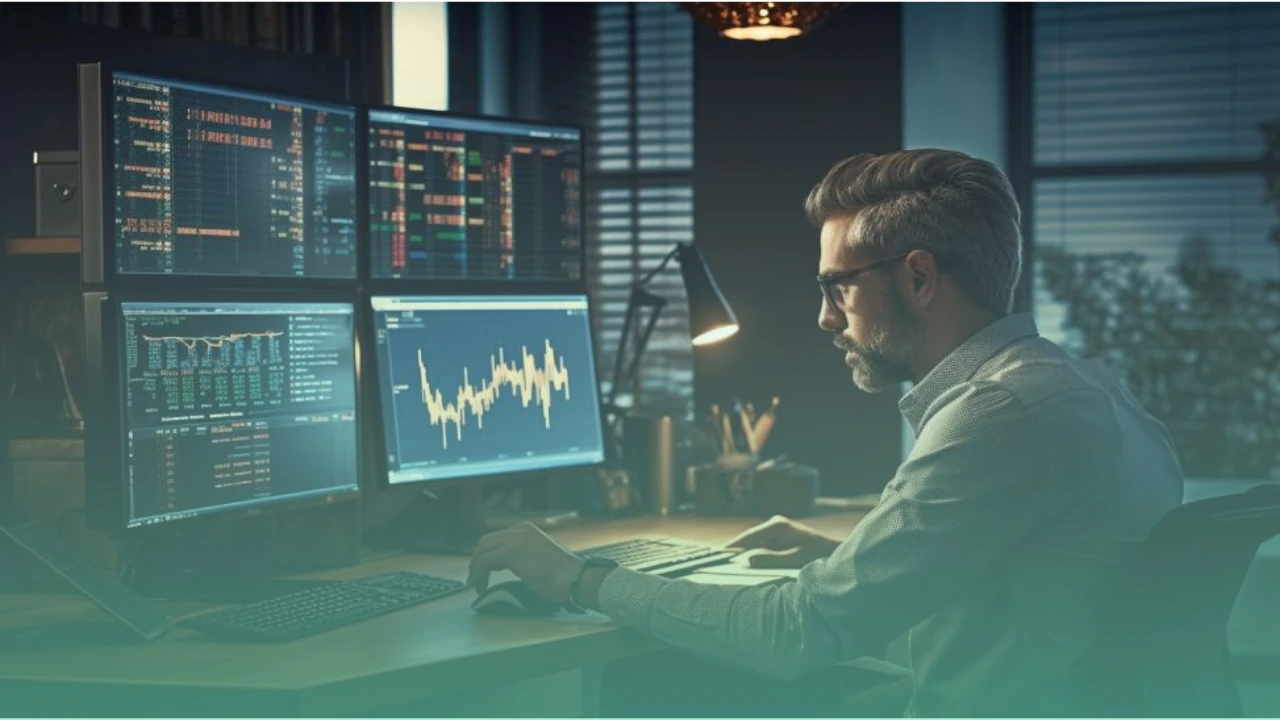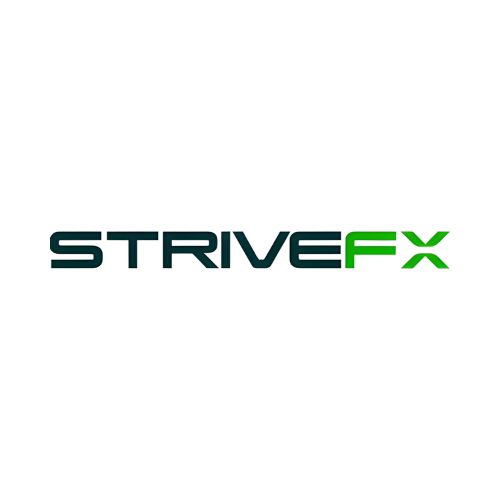Introduction
Automated futures trading is at the forefront of the financial industry’s evolution, and understanding its intricacies is essential for modern traders. In this blog, we will delve deeper into the world of automated futures trading, exploring the strategies and systems that power this dynamic domain. As financial markets become increasingly complex, the need for sophisticated trading approaches has grown, making automation a topic of paramount importance.
The Basics of Automated Futures Trading
At its core, automated futures trading represents a departure from traditional manual trading methods. It involves the use of computer programs and algorithms to execute trades with precision and speed that human traders simply cannot match. While manual trading relies on human judgment and decision-making, automation operates on predefined rules and parameters.
One of the key advantages of futures automated trading is its ability to operate around the clock, regardless of the trader’s presence. This means that opportunities can be seized and risks managed even when you’re not actively monitoring the markets. Automation also eliminates the impact of emotions, which can often cloud judgment in manual trading, leading to more rational and disciplined decision-making.
Key Components of Automated Trading Systems
To understand automated futures trading systems fully, it’s crucial to grasp the essential components of an automated trading system. These systems are the heart and soul of automated trading, enabling traders to execute their strategies efficiently.
Algorithms and Software
At the core of every fully automated futures trading system are algorithms and specialized software. These algorithms are meticulously designed to analyze market data, identify trading opportunities, and execute trades according to predefined rules. Advanced software platforms facilitate the implementation of these algorithms and provide real-time market data and execution capabilities.
Data Analysis and Decision-Making
Automated trading systems rely heavily on data analysis. They continuously process vast amounts of historical and real-time market data, searching for patterns, trends, and anomalies. These systems make rapid, data-driven decisions based on the analysis, enabling traders to capitalize on opportunities and mitigate risks in a fraction of a second.
Risk Management
Effective risk management is a cornerstone of futures automated trading systems. They incorporate risk control mechanisms such as position sizing, stop-loss orders, and portfolio diversification to protect capital. These measures ensure that losses are contained, and trading strategies remain robust in varying market conditions.
Popular Automated Futures Trading Strategies
Trend-Following Strategies
Automated futures trading strategies like trend-following aim to capitalize on price trends, whether upward (bullish) or downward (bearish). These automated systems identify and enter trades in the direction of prevailing market trends. For instance, if an asset is in a clear uptrend, the strategy may buy when certain criteria are met, expecting the trend to continue.
Example: In a bullish trend, an automated system might use moving averages to identify the trend’s direction and enter long positions when shorter-term moving averages cross above longer-term ones.
Mean-Reversion Strategies
Mean-reversion strategies are based on the idea that asset prices tend to revert to their historical average or mean over time. Automated systems employing this strategy identify overextended price movements and take positions anticipating a return to the mean.
Example: If a commodity experiences a significant price spike, a mean-reversion strategy may short-sell the asset, anticipating a price correction back to its historical average.
Breakout Strategies
Breakout strategies seek to profit from significant price movements that occur when an asset’s price breaks through key support or resistance levels. Automated systems detect these breakout points and enter positions to ride the momentum.
Example: An automated system might monitor a currency pair’s price and execute a trade if it breaks above a well-established resistance level, expecting a strong upward movement.
Risk Management in Automated Trading
While strategies are vital, effective risk management is equally critical in automated futures trading. Automated systems can help mitigate risks through various mechanisms:
Position Sizing
Automated systems calculate the appropriate position size for each trade based on factors like account size, risk tolerance, and volatility. This ensures that no single trade can excessively impact the trader’s capital.
Stop-Loss Orders
These orders automatically trigger the sale of a position when it reaches a predetermined price level. They act as a safety net, limiting potential losses in volatile markets.
Portfolio Diversification
Automated trading systems can manage multiple positions across different assets, spreading risk and reducing the impact of adverse price movements in a single asset.
Backtesting and Optimization
Backtesting
This involves applying a strategy to historical market data to assess its performance. Backtesting helps traders understand how a strategy would have performed in the past and provides insights into its strengths and weaknesses.
Optimization
After backtesting, traders can fine-tune their strategies to improve performance. This may involve adjusting parameters or rules based on the insights gained from historical data.
Challenges and Considerations
Algorithm Reliability
The performance of automated systems relies on the reliability of the underlying algorithms. Bugs or errors in the code can lead to unexpected losses.
Market Conditions
Markets can be unpredictable, and automated strategies may struggle during unusual or highly volatile conditions.
Continuous Monitoring
Automated systems require ongoing monitoring and adjustments to adapt to changing market dynamics.
Regulatory Compliance
Traders must ensure their automated systems comply with relevant financial regulations.
Conclusion
Automated futures trading stands as a beacon of innovation and efficiency. As we’ve explored in this blog, the world of automated trading is a dynamic realm powered by strategies, systems, and algorithms designed to navigate the complexities of modern markets.
Understanding the fundamentals of futures automated trading, from the basics of automation to the core components of trading systems, provides a substantial advantage for modern traders. Here’s a recap of why grasping these concepts is crucial:
Efficiency: Automated trading operates with precision and speed, freeing traders from the limitations of manual execution.
Emotion-Free Trading: Automation eliminates emotional biases, fostering rational and disciplined decision-making.
Risk Mitigation: Robust risk management strategies protect capital and ensure trading strategies remain resilient.
Diverse Strategies: From trend-following to mean-reversion and breakout strategies, automation opens the door to a wide range of trading approaches.
Additional Resources
To further expand your knowledge and expertise in automated futures trading, consider these valuable resources:
Books:
“Algorithmic Trading: Winning Strategies and Their Rationale” by Ernie Chan
“Building Winning Algorithmic Trading Systems” by Kevin J. Davey
“Quantitative Trading: How to Build Your Own Algorithmic Trading Business” by Ernest P. Chan
Software Platforms:
MetaTrader 4: A popular trading platform with automated trading capabilities.
NinjaTrader: A powerful platform for automated trading and analysis.
Educational Websites:
Investopedia – Algorithmic Trading: Comprehensive articles and tutorials on algorithmic trading.
QuantStart: A resource for aspiring algorithmic traders with articles, tutorials, and educational material.
Why settle for anything less when you can have the best? Stop missing out on lucrative trading opportunities and supercharge your trading game with YourRoboTrader. YourRoboTrader is one of the leading service providers of programming automated trading systems.
Our team, armed with years of experience in asset management and banking, has been developing cutting-edge trading robots Made in Germany. With YourRoboTrader, you benefit from:
- Extensive experience in automated trading systems
- Customized solutions to meet your trading objectives, regardless of your experience level
- Expert advice and professional support in trading across multiple asset classes, including forex and cryptocurrency
With extensive experience and expert advice, we can help you achieve your trading goals, whether you’re an experienced trader or just starting out. Automate your trading with a custom bot designed specifically for your needs.




